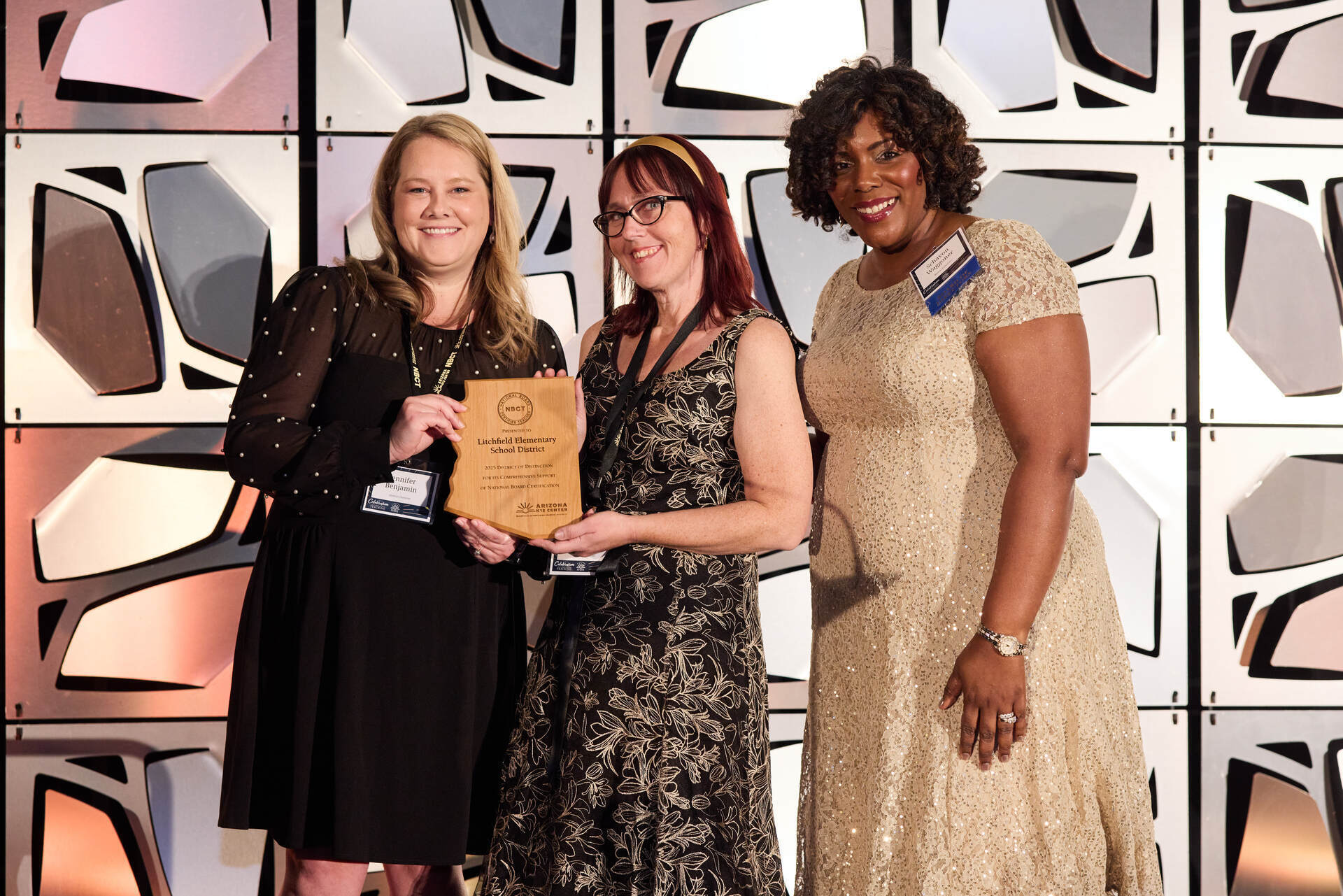July 30, 2019
How to Contribute to a Positive School Culture in 7 Steps
Hint: It starts with you.
School should be a joyful, safe place where curiosity runs rampant and motivation thrives. But creating that climate can feel downright daunting. How does one teacher go about transforming a single spark into a community bonfire?
Building and maintaining a positive school culture is an ongoing effort, and it comes one step at a time. But make no mistake — you can make a real difference. Here are seven ways to contribute to a positive school culture.
1. Begin with your classroom. Start within your sphere of influence: your own four walls. What kind of energy and passion do you want to exude? What do students, colleagues, and parents who visit your classroom need to feel welcomed and cared for?
Simple tasks like straightening rows of desks, removing clutter, and displaying meaningful wall décor can be the first steps to igniting a collaborative, enthusiastic culture. Don’t be afraid to envision your ideal classroom, and consider what small changes might bring you closer to your dream learning environment.
2. Embody kindness. It’s easy to lose sight of how blessed we are to work with growing minds every day — and what a difference our smallest actions make on the young people we support.
No matter how stressful the school year becomes, there is always time to act with compassion. Where there is kindness, there is positivity, laughter, and an energy that will surround learning and make school a very special place.
3. Get out. Of your classroom, that is. If you want to build great school culture, be a part of it! Pop up where kids least expect you — like the cafeteria, study hall, and events outside of the regular school day.
When you get to know kids as people first, and students second, you foster relationships. Let your actions show them that you care about them and are invested in them as human beings.
4. Don’t point fingers. Problems with school climate often result in a blame game. Teachers point to administrators to build campus culture; administrators shuffle the duty to teachers. The obvious truth is that we all have the power and responsibility to create a healthy environment.
If your colleagues are struggling, help them! Celebrate personal and team victories, and capitalize on their individual strengths while lending your own. Think about what kind of colleague your fellow teachers would benefit from — and how you can put those qualities into practice.
5. Put students first. Students are the single reason we show up every day, and our school culture impacts student outcomes in a vital way.
Give them a voice by inviting their feedback and asking for their input on classroom and campus decisions. Let your actions model this truth: Everyone on campus is part of something greater than just himself or herself.
6. Connect in new ways. Positive school culture is all about cultivating an intricate web of relationships and connections: students with students, students with teachers, teachers with other teachers, administrators with teachers. You get the idea — we’re all in this together.
How else could you build relationships within your school community? What about a fun book group or after-school club? Or is there an activity your school could provide to bring teachers and administrative staff together in a relaxed environment?
7. Keep going. Your morale will have peaks and valleys — exercising positive, compassionate leadership is no easy feat. If you’re feeling low, take it as a sign that you might need to slow down, rather than give up.
Even as “just” one teacher, you hold a critical position when it comes to shaping campus climate. Ensure that you’re taking good care of yourself, and you’ll be able to view challenges as opportunities to bring positivity and resilience to those around you.
Brick by brick, relationships can be built and support networks can be paved. When you demonstrate respect and value to each member of a group — whether student, teacher or administrator — you uplift an entire community.











